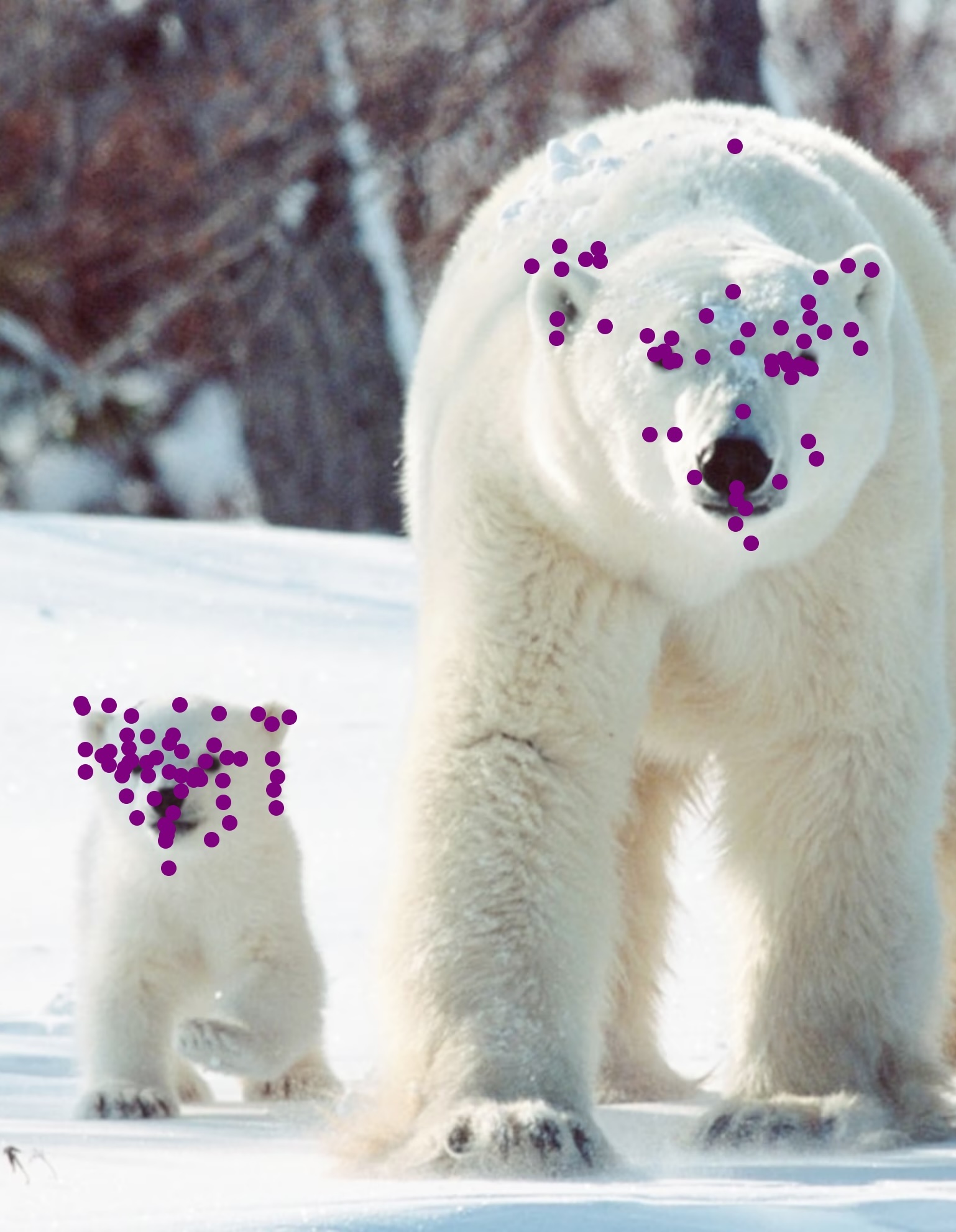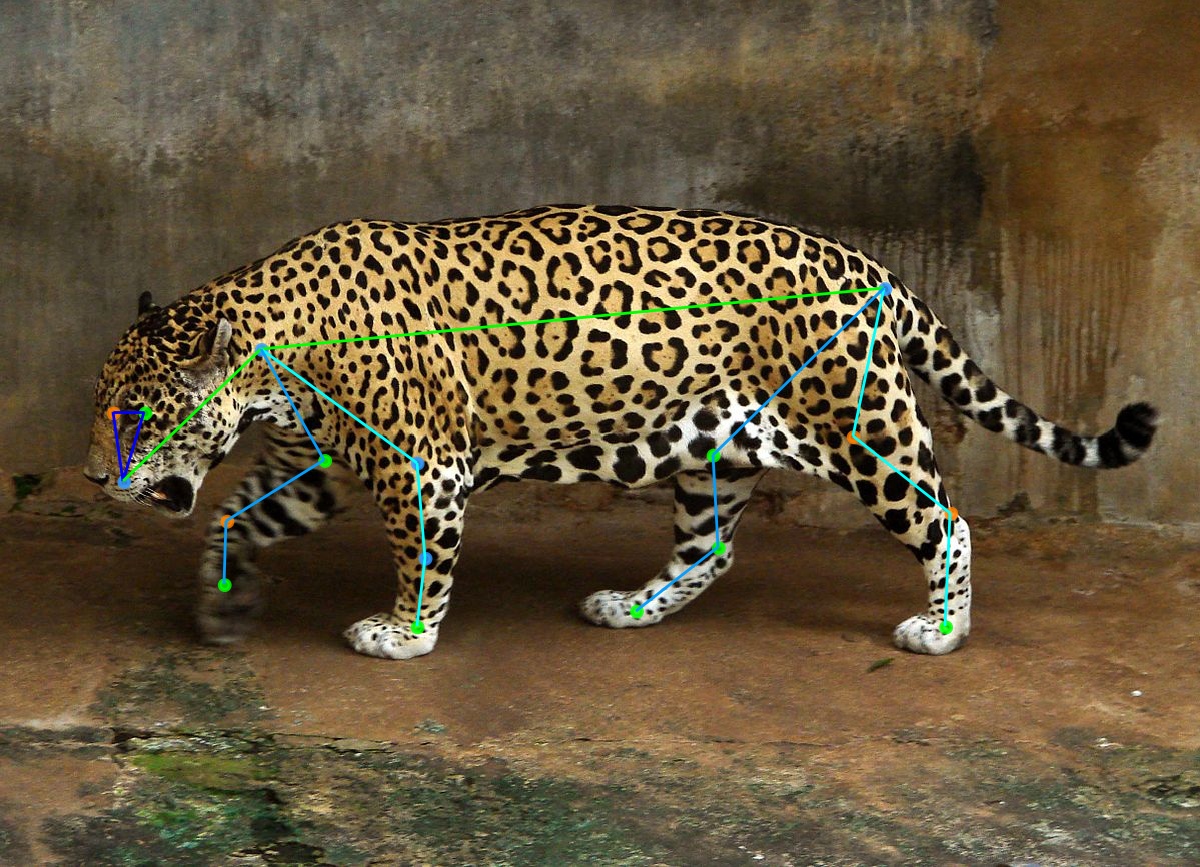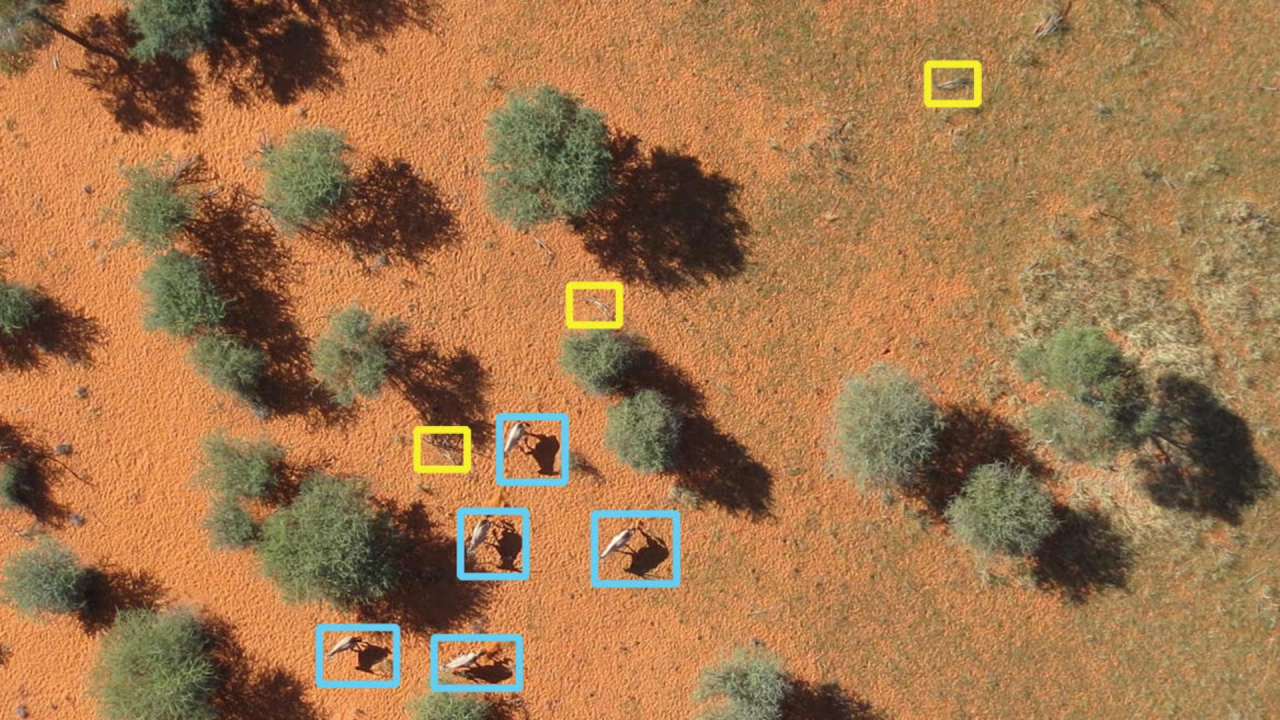AI-powered
continuous animal monitoring
Real-time behavior anomaly detection for prompt animal care management
Track your animals 24/7
Effortless monitoring
Our solution ensures real-time insights into animal behavior and health, providing a comprehensive view of their well-being.
Empower caregivers with early detection of anomalies through AI-driven analysis. Our edge-deployed AI models ensure swift and accurate identification of potential issues, enabling proactive interventions.
- AI models at the edge. Deploy AI models directly at the source for low-latency data processing and immediate insights.
- Versatile application. Monitor diverse species and configure to track specific health metrics easily.
- Scalable tracking. Simultaneously capture data from hundreds of animals in their rich environment.
- Early warning system. Receive instant notifications for unusual activities or health concerns, allowing rapid response.
- Remote access. Allow caregivers and researchers to monitor animals non-invasively, increasing flexibility and responsiveness while reducing stress.
- Predictive analytics. Leverage historical data to forecast future health issues and behaviors, facilitating preemptive actions.
Real-world applications
Use cases
Fish farms. Continuous monitoring of fish behavior and feeding patterns ensures optimal conditions for fish growth. This leads to healthier stock, reduced mortality rates, and improved yield, making the farming process more efficient and sustainable.
Zoos and aquariums. Zoos and aquariums utilize continuous monitoring to track the health and behavior of animals, ensuring their well-being in captivity. By maintaining optimal environmental conditions and detecting health issues early, caretakers can provide a more natural and stress-free habitat, enhancing both animal welfare and visitor experiences.
Animal shelters. Animal shelters and rescue centers benefit from continuous monitoring to ensure the well-being of rescued animals. By monitoring health conditions and social interactions, caregivers can create a safer and more comfortable environment. This helps in rehabilitation and increases the chances of successful adoption.
Veterinary clinics. Veterinarians utilize continuous monitoring to observe the health and recovery of animals post-surgery or during treatment for chronic illnesses. Real-time data on activity levels and behavioral changes enable them to make timely interventions, adjust treatments, and provide personalized care plans for each animal.
Wildlife conservation. Continuous tracking transforms biologists' ability to monitor wildlife by providing accurate, non-invasive, unbiased data on species distributions and population densities. This advancement allows for real-time surveillance and rapid responses to threats, significantly enhancing conservation efforts, the measure of their impact, and the protection of endangered species.




